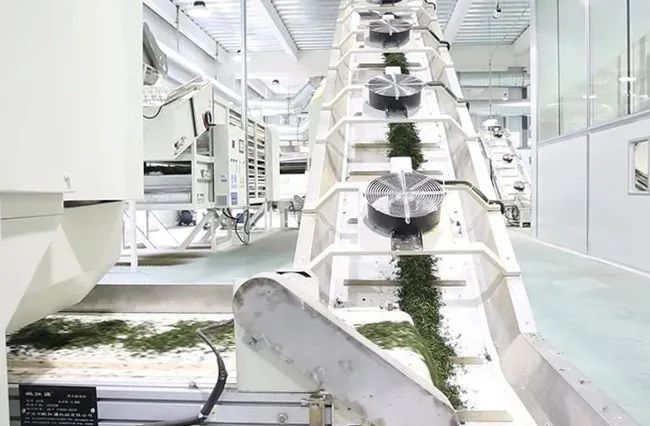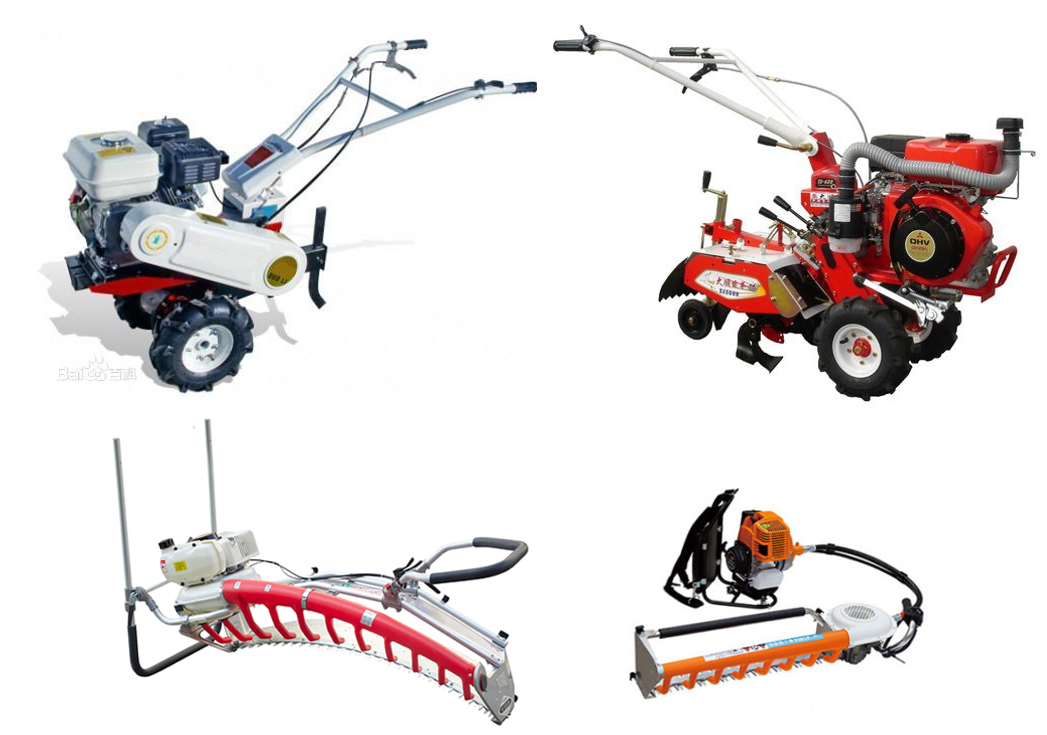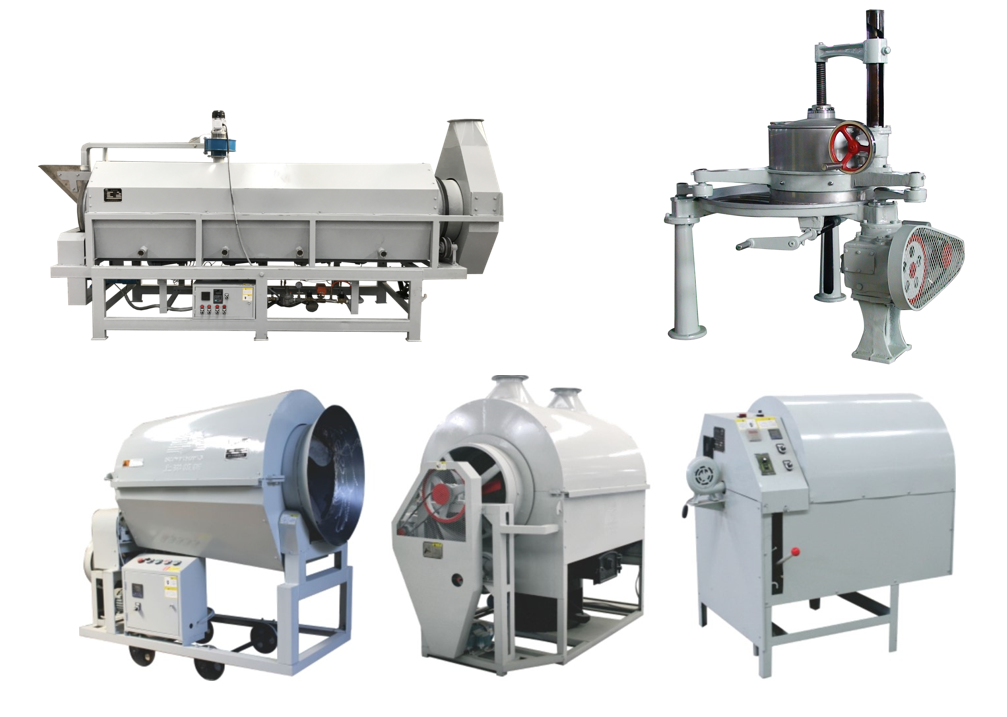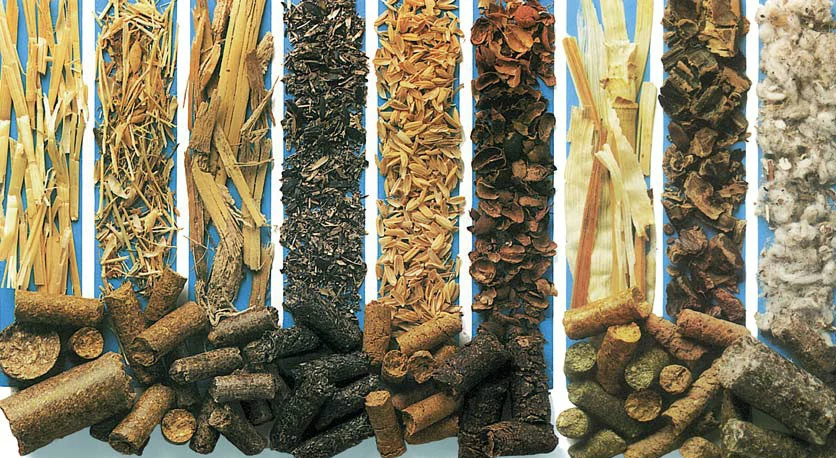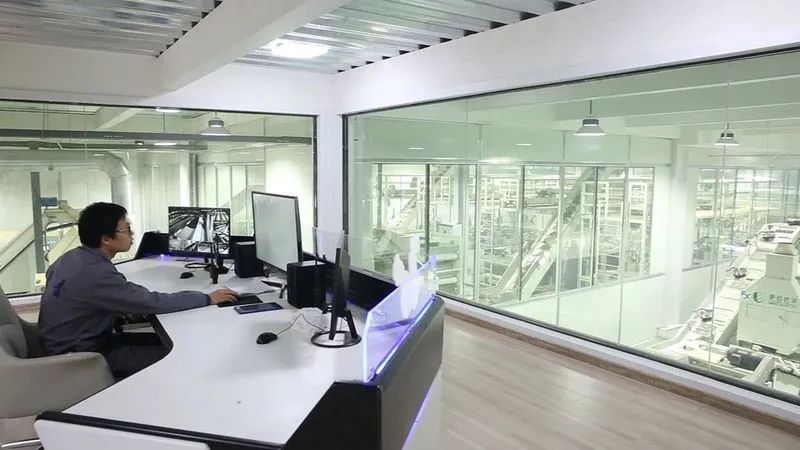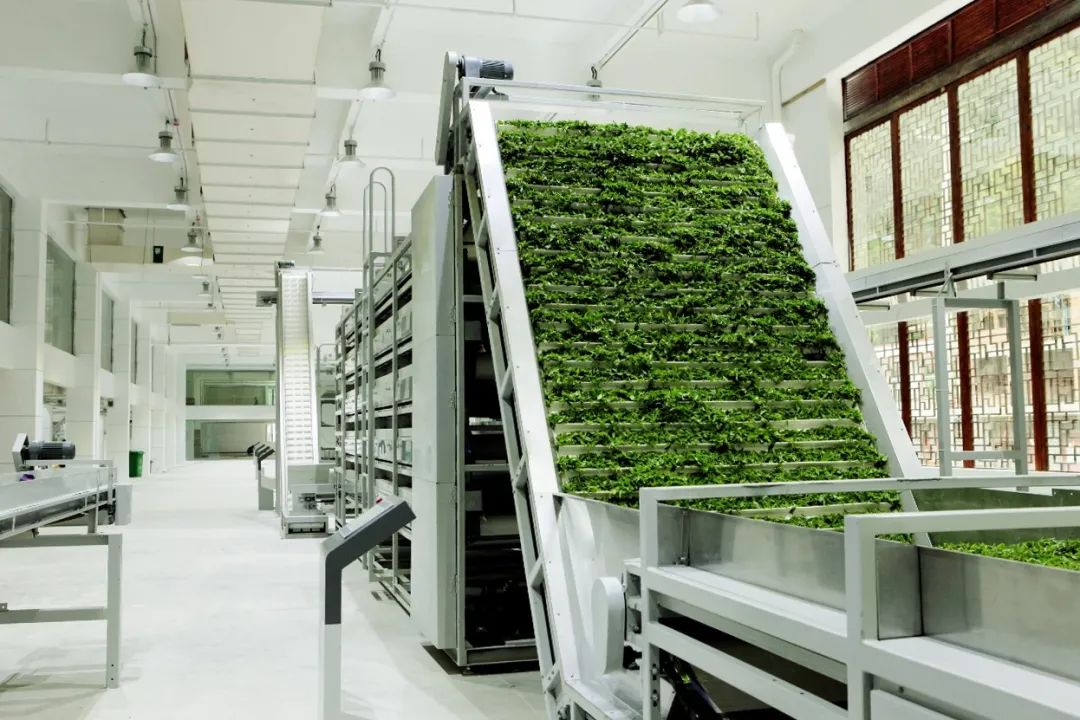As early as the Tang Dynasty, Lu Yu systematically introduced 19 kinds of cake tea picking tools in the “Tea Classic”, and established the prototype of tea machinery. Since the founding of the People’s Republic of China, China‘s tea machinery development has a history of more than 70 years. With the country’s increasing attention to the tea machinery industry, China‘s tea processing has basically achieved mechanization and automation, and tea garden operation machinery is also developing rapidly.
In order to summarize China‘s achievements in the field of tea machinery and promote the sustainable and healthy development of the tea machine industry, this article introduces the development of tea machinery in China from the aspects of tea machinery development, tea machine energy use and tea machine technology application, and discusses the development of tea machinery in China. The problems are analyzed and corresponding countermeasures are put forward. Finally, the future development of tea machinery is prospected.
01Overview of China’s Tea Machinery
China is the largest tea-producing country in the world, with more than 20 tea-producing provinces and more than 1,000 tea-producing towns. Under the industrial background of continuous tea processing and the industrial demand of improving quality and efficiency, the mechanized production of tea has become the only way for the development of China‘s tea industry. At present, there are more than 400 tea processing machinery manufacturers in China, mainly in Zhejiang, Anhui, Sichuan and Fujian provinces.
According to the production process, tea machinery can be divided into two categories: tea garden operation machinery and tea processing machinery.
The development of tea processing machinery began in the 1950s, mainly green tea and black tea processing machinery. By the 21st century, the processing of bulk green tea, black tea and most famous teas has been basically mechanized. As far as the six major tea categories are concerned, the key processing machinery for green tea and black tea is relatively mature, the key processing machinery for oolong tea and dark tea is relatively mature, and the key processing machinery for white tea and yellow tea is also under development.
In contrast, the development of tea garden operation machinery started relatively late. In the 1970s, basic operation machines such as tea garden tillers were developed. Later, other operation machines such as trimmers and tea picking machines were gradually developed. Due to the mechanized production management of most tea gardens Extensive, the research and development and innovation of tea garden management machinery are insufficient, and it is still in the initial stage of development.
02 Development status of tea machinery
1. Tea garden operation machinery
Tea garden operation machinery is divided into cultivation machinery, tillage machinery, plant protection machinery, pruning and tea picking machinery and other types.
From the 1950s to the present, tea garden operation machinery has gone through the budding stage, the exploration stage and the current initial development stage. During the period, the tea machine R&D personnel gradually developed tea garden tillers, tea tree trimmers and other working machines that meet the actual needs, especially the Nanjing Agricultural Mechanization Research Institute of the Ministry of Agriculture and Rural Affairs developed the “one machine with multiple uses” multi-functional tea garden management equipment. The tea garden operation machinery has a new development.
At present, some areas have reached the level of mechanized production of tea garden operations, such as Rizhao City in Shandong Province and Wuyi County in Zhejiang Province.
However, in general, in terms of mechanical research and development, the quality and performance of operating machines still need to be further improved, and there is a big gap between the overall level and Japan; in terms of promotion and use, the utilization rate and popularity are not high, More than 90% of the tea picking machines and trimmers are still Japanese models, and the management of tea gardens in some mountainous areas is still dominated by manpower.
1. Tea processing machinery
·Infancy: Before the 1950s
At this time, tea processing remained at the stage of manual operation, but many tea-making tools created in the Tang and Song Dynasties laid the foundation for the subsequent development of tea machinery.
· Rapid development period: 1950s to the end of the 20th century
From manual operation to semi-manual and semi-mechanical operation, during this period, many basic stand-alone equipment for tea processing have been developed, making green tea, black tea, especially famous tea processing mechanized
· Accelerated development period: 21st century ~ present
From the small stand-alone equipment processing mode to the high-capacity, low-energy consumption, clean and continuous production line mode, and gradually realize the “mechanical replacement”.
Tea processing stand-alone equipment is divided into two categories: primary machinery and refining machinery. my country’s tea primary-making machinery (green tea fixation machine, rolling machine, dryer, etc.) has developed rapidly. Most tea machinery has been able to realize parameterized operation, and even have the function of temperature and humidity control. However, in terms of tea processing quality, degree of automation, energy saving There is still room for improvement. In comparison, China‘s refining machinery (screening machine, wind separator, etc.) develops slowly, but with the improvement of processing refinement, such machinery is also continuously improved and optimized.
The development of tea stand-alone equipment has created favorable conditions for the realization of continuous tea processing, and also laid a solid foundation for the research and construction of production lines. At present, more than 3,000 primary processing production lines for green tea, black tea, and oolong tea have been developed. In 2016, the refining and screening production line was also applied to the refining and processing of green tea, black tea and dark tea. In addition, the research on the scope of use and processing objects of the production line is also more refined. For example, in 2020, a standardized production line was developed for medium and high-end flat-shaped green tea, which effectively solved the problems of the previous flat-shaped tea production lines. and other quality issues.
Some tea stand-alone machines do not have continuous operation functions (such as kneading machines) or their operating performance is not mature enough (such as yellow tea stuffing machines), which hinders the automation development of production lines to a certain extent. In addition, although there are online testing equipment with low water content, it has not been widely used in production due to the high cost, and the quality of tea products in process still needs to be judged by manual experience. Therefore, the application of the current tea processing production line can basically be automated, but it has not achieved real intelligence yet.
03tea machinery energy usage
The normal use of tea machinery is inseparable from the supply of energy. Tea mechanical energy is divided into traditional fossil energy and clean energy, among which clean energy includes electricity, liquefied petroleum gas, natural gas, biomass fuel, etc.
Under the development trend of clean and energy-saving thermal fuels, biomass pellet fuels made from sawdust, forest branches, straw, wheat straw, etc. have been valued by the industry, and they have begun to be more and more popular because of their low production costs and wide sources. More and more used in tea processing.
In general, heat sources such as electricity and gas are safer and easier to use, and do not require other auxiliary equipment. They are the mainstream energy sources for mechanized tea processing and assembly line operations.
Although the energy use of firewood heating and charcoal roasting is relatively inefficient and not environmentally friendly, they can meet people’s pursuit of the unique color and aroma of tea, so they are still used at present.
In recent years, based on the development concept of energy saving, emission reduction and energy reduction, great progress has been made in the energy recovery and utilization of tea machinery.
For example, the 6CH series chain plate dryer uses a shell-and-tube heat exchanger for waste heat recovery of exhaust gas, which can increase the initial temperature of the air by 20~25℃, which creatively solves the problem of large energy consumption; the superheated steam mixing and fixing machine uses The recovery device at the leaf outlet of the fixing machine recovers the saturated steam at atmospheric pressure, and assists it again to form superheated saturated steam and high-temperature hot air, which is led back to the leaf inlet of the fixing machine to recycle the heat energy, which can save about 20% of energy. It can also guarantee the quality of tea.
04 Tea machine technology innovation
The use of tea machinery can not only directly improve production efficiency, but also indirectly stabilize or even improve tea quality. Technological innovation can often bring about a two-way improvement in the mechanical function and efficiency of tea, and its research and development ideas mainly have two aspects.
①Based on the mechanical principle, the basic structure of the tea machine is innovatively improved, and its performance is greatly improved. For example, in terms of black tea processing, we designed key components such as fermentation structure, turning device and heating components, and developed an integrated automatic fermentation machine and a visualized oxygen-enriched fermentation machine, which solved the problems of unstable fermentation temperature and humidity, difficulty in turning and lack of oxygen. , uneven fermentation and other problems.
②Apply computer technology, modern instrument analysis and detection technology, chip technology and other high and new technologies to tea machine manufacturing to make its operation controllable and visible, and gradually realize the automation and intelligence of tea machinery. Practice has proved that the innovation and application of technology can improve the function of tea machines, improve the quality of tea leaves, and promote the rapid development of the tea industry.
1. Computer technology
Computer technology makes the continuous, automatic and intelligent development of tea machinery possible.
At present, computer image technology, control technology, digital technology, etc. have been successfully applied to the manufacture of tea machines, and achieved good results.
Using image acquisition and data processing technology, the actual shape, color and weight of tea can be quantitatively analyzed and graded; using the automatic control system, the new heat radiation tea greening machine can achieve the surface temperature of greening leaves and the humidity inside the box. Multi-channel real-time online detection of various parameters, reducing the dependence on manual experience;Using programmable logic control technology (PLC), and then irradiated by power supply, optical fiber detection gathers fermentation information, the fermentation apparatus converts into digital signals, and the microprocessor processes, calculates and analyzes, so that the stacking device can complete the stacking of the dark tea samples to be tested. Using automatic control and human-computer interaction technology, the TC-6CR-50 CNC rolling machine can intelligently control the pressure, speed and time to realize the parameterization of the tea making process; using the temperature sensor real-time monitoring technology, the tea can be continuously arranged The unit adjusts the temperature of the pot as needed to ensure that the tea in the pot is heated evenly and has the same quality.
2. Modern instrument analysis and detection technology
The realization of tea machinery automation depends on computer technology, and the monitoring of the status and parameters of tea processing needs to rely on the analysis and detection technology of modern instruments. Through the fusion of multi-source sensing information of detection instruments, comprehensive digital evaluation of quality factors such as color, aroma, taste and shape of tea can be realized, and the true automation and intelligent development of the tea industry can be realized.
At present, this technology has been successfully applied to the research and development of tea machines, enabling on-line detection and discrimination in the tea processing process, and the quality of tea is more controllable. For example, a comprehensive evaluation method for the degree of “fermentation” of black tea established by using near-infrared spectroscopy technology combined with computer vision system can complete the judgment within 1 minute, which is conducive to the control of key technical points of black tea processing; the use of electronic nose technology to determine the aroma in the process of greening Continuous sampling monitoring, and then based on Fisher’s discriminant method, a tea fixation state discrimination model can be constructed to realize on-line monitoring and control of green tea quality; the use of far-infrared and hyperspectral imaging technology combined with nonlinear modeling methods can be used for intelligent production of green tea Provide theoretical basis and data support.
The combination of instrument detection and analysis technology with other technologies has also been applied to the field of tea deep processing machinery. For example, Anhui Jiexun Optoelectronics Technology Co., Ltd. has developed a cloud intelligent tea color sorter. The color sorter uses spectral analysis technology combined with eagle eye technology, cloud technology camera, cloud image acquisition and processing technology and other technologies. It can identify tiny impurities that cannot be identified by ordinary color sorters, and can finely classify the strip size, length, thickness and tenderness of tea leaves. This intelligent color sorter is not only used in the field of tea, but also in the selection of grains, seeds, minerals, etc., to improve the overall quality and appearance of bulk materials.
3. Other technologies
In addition to computer technology and modern instrument detection technology, IOT technology, AI technology, chip technology and other technologies have also been integrated and applied to various links such as tea garden management, tea processing, logistics and warehousing, making the research and development of tea machines and the development of the tea industry faster. Take a new level.
In the tea garden management operation, the application of IoT technologies such as sensors and wireless networks can realize real-time monitoring of the tea garden, making the tea garden operation process more intelligent and efficient.For example, the front-end sensors (leaf temperature sensor, stem growth sensor, soil moisture sensor, etc.) can automatically transmit the data of tea garden soil and climate conditions to the data acquisition system, and the PC terminal can conduct supervision, precise irrigation and fertilization anytime and anywhere through the mobile APP , to realize the intelligent management of tea gardens.Using large-area remote sensing images of unmanned aerial vehicles and uninterrupted video monitoring technology on the ground, big data can be collected for the growth information of machine-picked tea trees, and then the suitable picking period, yield and machine-picking period of each round can be predicted with the help of analysis and modeling. quality, thereby improving the quality and efficiency of mechanized tea picking.
In the process of tea processing and production, AI technology is used to establish an automatic impurity removal production line. Through the most advanced cognitive visual inspection, various impurities in tea can be identified, and at the same time, the material feeding, conveying, photographing, analysis, picking, re-inspection, etc. can be automatically completed. Collection and other procedures to realize the automation and intelligence of the tea refining and processing production line. In logistics and warehousing, the use of radio frequency identification (RFID) technology can realize data communication between readers and product labels, and trace tea production information to optimize supply chain management.
As a result, various technologies have jointly promoted the informatization and intelligent development of the tea industry in terms of planting, cultivation, production and processing, storage and transportation of tea.
05Problems and Prospects in the Development of Tea Machinery in China
Although the development of tea mechanization in China has made great progress, there is still a big gap compared with the degree of mechanization of the food industry. Corresponding countermeasures should be taken in time to speed up the upgrading and transformation of the tea industry.
1. problems
Although people’s awareness of mechanized management of tea gardens and mechanized processing of tea is increasing, and some tea areas are also at a relatively high level of mechanization, in terms of overall research efforts and development status, there are still the following problems:
(1) The overall level of tea machine equipment in China is relatively low, and the automated production line has not fully realized intelligence yet.
(2) The research and development of tea machinery is unbalanced, and most of the refining machinery has a low degree of innovation.
(3) The overall technical content of the tea machine is not high, and the energy efficiency is low.
(4) Most tea machines lack the application of high-tech, and the degree of integration with agronomy is not high
(5) The mixed use of new and old equipment poses potential safety hazards and lacks corresponding norms and standards.
2. reasons and countermeasures
From the literature research and the analysis of the current situation of the tea machine industry, the main reasons are:
(1) The tea machine industry is in a backward position, and the state’s support for the industry still needs to be strengthened.
(2) The competition in the tea machine market is disorderly, and the standardization construction of tea machines is lagging behind
(3) The distribution of tea gardens is scattered, and the degree of standardized production of operating machinery is not high.
(4) Tea machine manufacturing enterprises are small in scale and weak in new product development capabilities
(5) Lack of professional tea machine practitioners, unable to give full play to the function of mechanical equipment.
3. Prospect
At present, my country’s tea processing has basically achieved mechanization, single-machine equipment tends to be efficient, energy-saving and continuous development, production lines are developing in the direction of continuous, automated, clean and intelligent, and the development of tea garden operation machinery is also advancing. High and new technologies such as modern technology and information technology have been gradually applied to all aspects of tea processing, and great progress has been made. With the country’s emphasis on the tea industry, the introduction of various preferential policies such as tea machine subsidies, and the growth of the tea machine scientific research team, the future tea machinery will realize the real intelligent development, and the era of “machine substitution” is just around the corner!
Post time: Mar-21-2022

